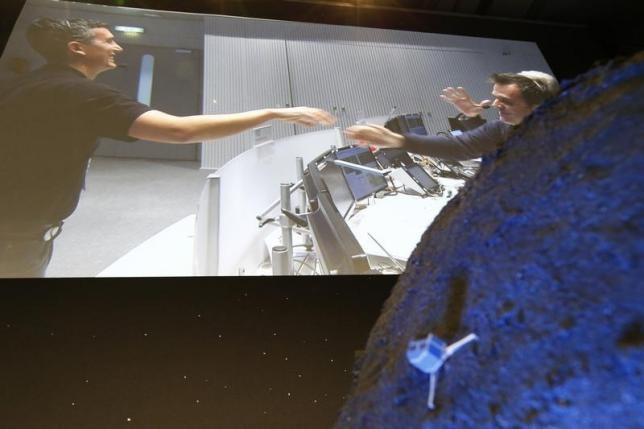The European Space Agency's scientists for the Rosetta mission witnessed Philae lander bounce off comet 67P/Churyumov-Gerasimenko. The bumpy touchdown allowed the group to record measurements in two spots instead of just one.
Philae researchers measured and sketched out the comet's physical and chemical profile, Science journal published. They identified one spot that was bathed with clumped and fluffed sediments, and another covered up with hard crust material. The comet's head was filled with pores, but the composition was notably uniform. There were a number of organic molecules that were mapped and this included four that have never been detected on any of the heavenly bodies.
With the use of two instruments, Philae was able to detect molecules following its bumpy landing on 67P comet on November 2014. The group of people who organized the data gathered, reported that 67P contains 16 complex, and organic compounds. Among the mapped elements, acetone and four other compounds have never been seen on any comet prior to this investigation.
Senior Adviser Mark McCaughrean at the European Space Agency said "comets are loaded with all the raw materials like water, CO2, methane, ammonia, needed to assemble more complex organic molecules, perhaps sparked by UV-photons from the Sun or cosmic rays, or in the shock that occurs when a comet hits the surface of a planet like the young Earth."
The team is still verifying whether the molecules found in the 67P comet were present from the early state of the solar system or if they were incorporated later on, added McCaughrean, Sky News reported.
Philae was able to perform 60 hours' worth of experiments before the batteries went into hibernation last month. The team is looking forward to Aug. 13 which is the next crucial event on Philae's mission as the comet gets closest to the sun.



























